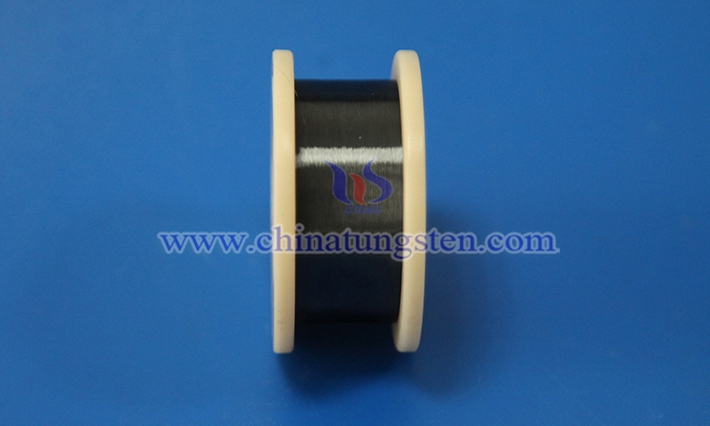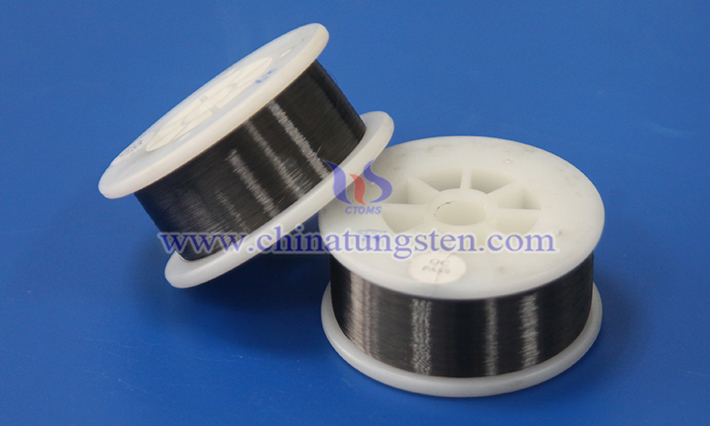Tungsten Wire Lighting in Incandescent Light Bulbs
- Details
- Category: Tungsten Information
- Published on Monday, 11 August 2025 18:45
The application of tungsten wire light-emitting in incandescent light bulbs is primarily based on its high melting point and excellent thermal radiation properties. The following is a brief description of its specific applications and principles:
1. Tungsten Wire Lighting Principle
Tungsten wire, the core light-emitting element of an incandescent light bulb, emits visible light and thermal radiation when heated to a high temperature (typically 2000-2800°C) by an electric current. This phenomenon is based on the principle of thermal radiation: the higher the temperature, the closer the radiated light becomes to white light.
Tungsten's melting point is as high as 3422°C, allowing it to withstand extremely high temperatures without melting, making it suitable for long-term high-temperature operation.

2. Advantages of Tungsten Wire
High melting point: Ensures stable operation of the wire at high temperatures, extending the life of the bulb.
High luminous efficiency: Tungsten wire emits strong visible light at high temperatures, although a significant amount of energy is dissipated as infrared radiation. Durability: Tungsten has excellent mechanical strength and oxidation resistance (in a vacuum or inert gas environment), reducing wire volatilization and breakage.
3. Practical Applications
Home Lighting: Traditional incandescent bulbs use tungsten wires, providing a warm glow and are widely used in homes and commercial spaces.
Specialty Lighting: These bulbs, such as photographic and stage lighting, require high brightness and a stable light source.
Decorative Lighting: Tungsten wire bulbs, such as Edison bulbs, are often used for decorative lighting due to their retro appearance.

4. Technical Details
Tungsten wires are often spiraled to increase surface area and improve luminous efficiency.
The interior of the bulb is filled with an inert gas (such as argon or krypton) or evacuated to prevent oxidation and slow its sublimation.
The lifespan of a tungsten wire is closely related to the operating temperature. Generally speaking, higher temperatures result in shorter lifespans, but higher luminous efficiency.
- Chinatungsten Online: www.chinatungsten.com
- CTIA GROUP LTD: en.ctia.group
- Tungsten News & Price: www.ctia.com.cn
- Molybdenum News & Price: news.molybdenum.com.cn
- Tel.: 86 592 5129696; Email: sales@chinatungsten.com



 sales@chinatungsten.com
sales@chinatungsten.com